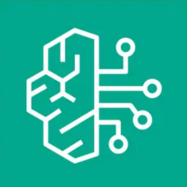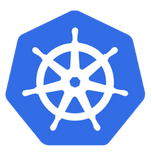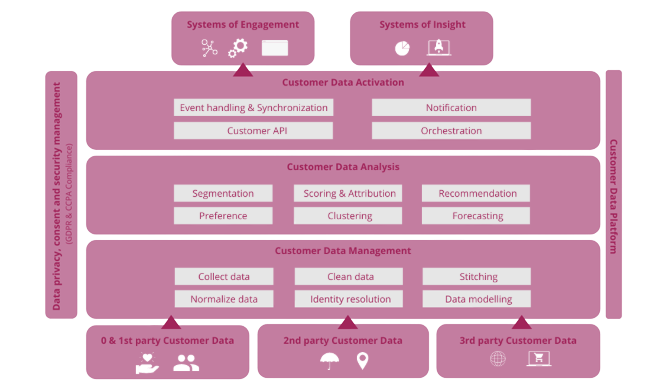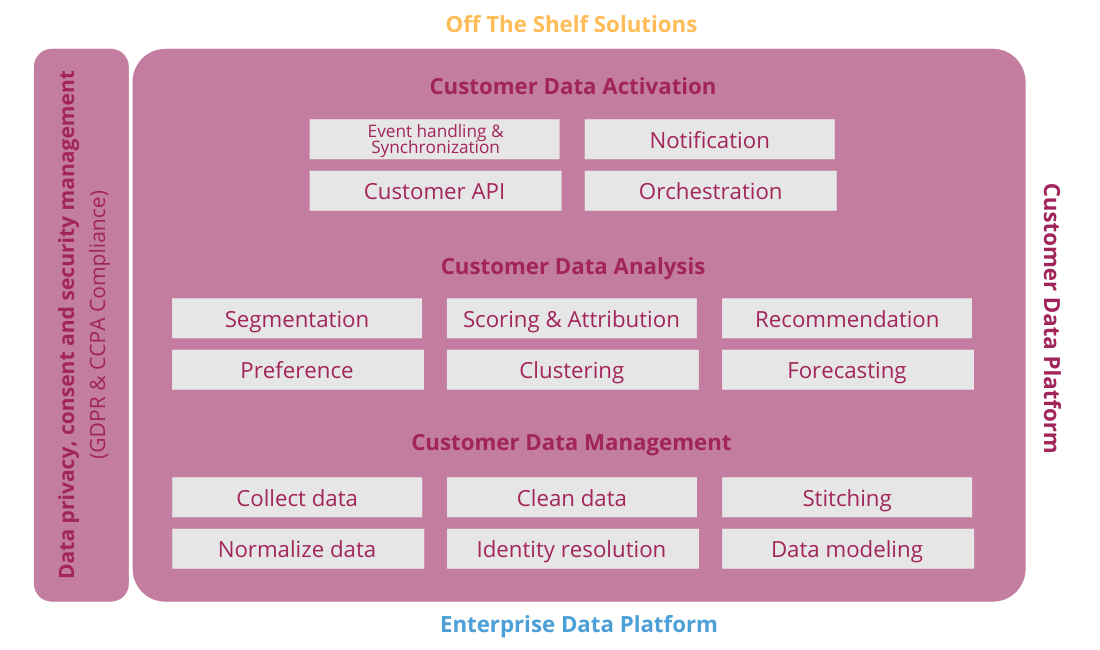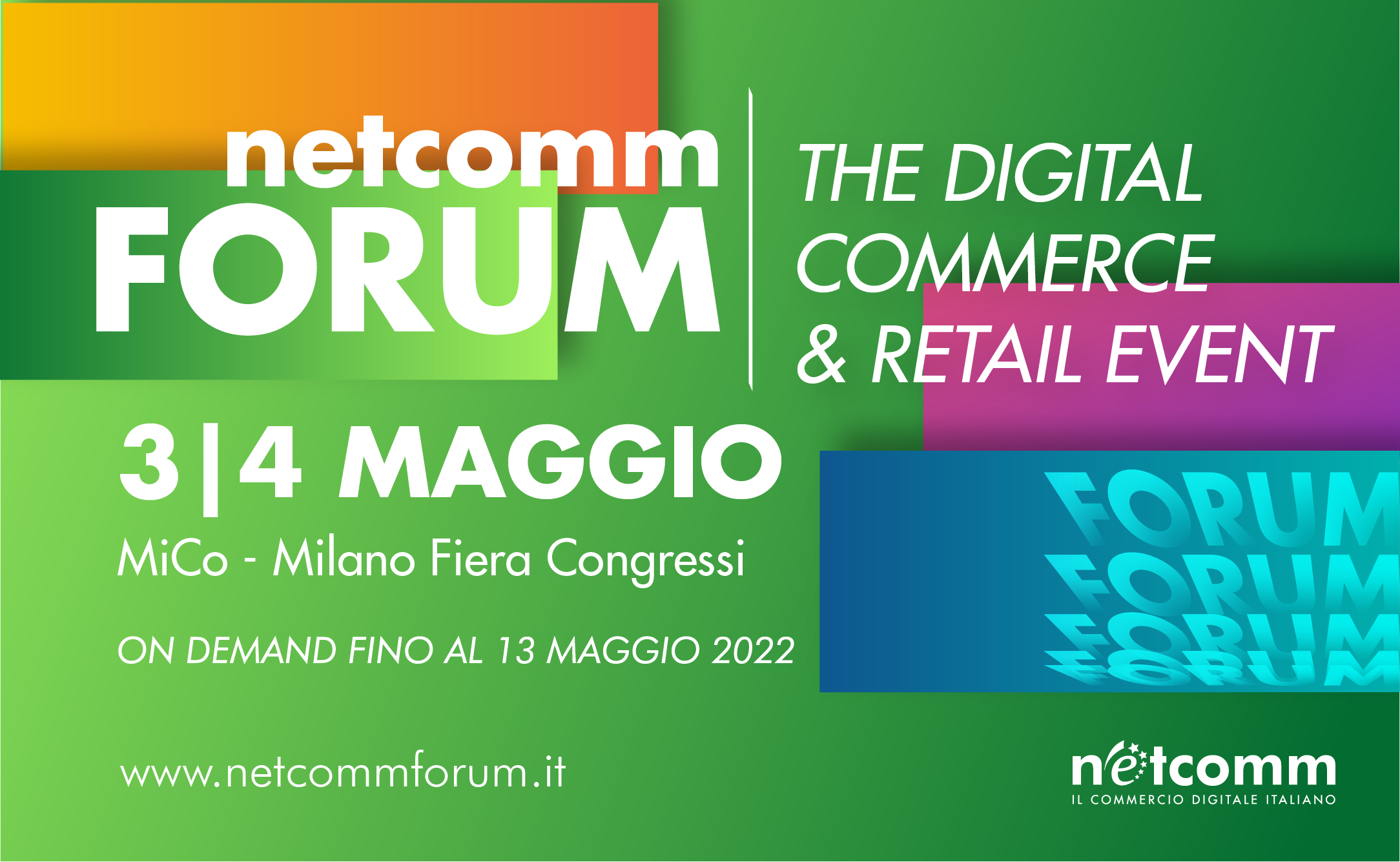Although most organizations have adopted a best-of-suite approach for their martech stack, ad-hoc solutions for individual point solutions gravitating around the core marketing automation platform have steadily grown over time, often driven by strongly channel-oriented logics.
This articulation in the application landscape has led to a high degree of fragmentation in data and business logic, resulting in increased management costs and development time for new marketing solutions.
In this context, many organizations are investing in rationalizing their martech stack by trying to bring together some key functional elements that are today replicated in several places. One of the most important of these is certainly the management of customer and prospect data via a Customer Data Platform that centralizes the collection, consolidation, analysis and sharing.





